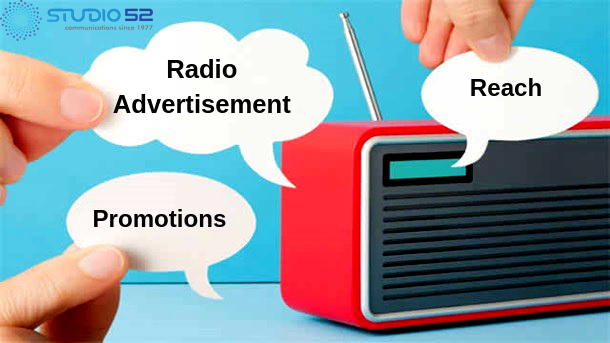One of the many facts that continue to make the radio relevant to this day is its easy-to-use feature. You don’t need to be a tech wizard to know how to use it, the radio presents the average individual an opportunity to stay updated on everything. Easy availability and free listening also add to the wide popularity of radio advertising coupled with its long existence.
However, due to the arrival of digital advertising, many have begun to jump ship on radio advertising. Although this might seem like the advisable thing to do, statistics show that radio advertising still has great significance. Radios are everywhere, with at least 75% of households in developing countries having access to a radio. In fact, research showed that 92% of Americans still listen to the radio every week. So don’t underestimate the importance of radio in today’s world.

Know The Cost Of Radio Advertising
Radio stations sell different kinds of time slots for you to air your ads, depending on how much time you need. It’s usually a 15, 30, or 60-second slot. The cost of a radio commercial will also depend upon the frequency of the ad broadcast and the time of day that the announcement runs. Morning and evening slots are more expensive than at 12 pm or nighttime because the radio audience tends to peak when more people are driving.
In addition to the time slot expense, there are production costs to count as well. These will be determined by what kind of ad you want to run, plus your need for music backgrounds, sound effects, and use of professional or amateur actors to read your script.
Know What You’re Buying
There are three essential factors for evaluating proposals: frequency, reach, and cost-per-point. Frequency is the average number of times anyone from your audience will hear your message. Reach is the number of your audience that will hear your message. Cost-per-point is what it’ll cost to reach 1 percent of your target audience population, so it’s the correct way to compare the value of different stations.
Radio stations don’t just sell their time, they sell access to markets. The key highlight of a radio station is its format, the type of programming it features, and the style of the announcers. The format determines the audience the station appeals to, and the audience it delivers to advertisers. Keep that in mind when selecting the radio station you want for your ad.
Know Your Audience
All radio advertising programming must begin with a clear understanding of the audience you want to reach. It’s important to understand that your products and services have a target audience that can be defined. For your marketing campaigns, your primary goal is to find ways to identify who these people are so that you can create radio ads that speak to them directly.
An audience can be sorted any number of ways based on an almost infinite number of criteria. Write a one-sentence target audience profile based on the demographics of your prospects. This should include their age, gender, where they live, and other factors, such as household income. Send this information to the competing stations. They’ll tell you how much of their audience match your criteria. Also, you want to know at what times of the day or during which programming you’ll reach your best prospects, so ask them for that info.





